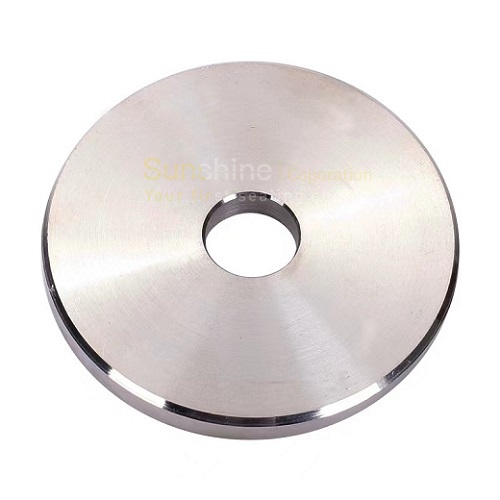The Difference Between Gasket and Washer
2023-05-13
What are Gaskets?
Gaskets are hydraulic seals between two bodies, typically used to resist friction, deterioration and expansion of natural heat, cold contraction and leakage between two bodies. Since machined surfaces are not ideal, the irregularity can be filled with the gaskets. Gaskets are typically made from sheet materials such as tissue paper, leather, synthetic rubber, brass, cork, felt, neoprene, nitrile rubber, fiber glass, or rigid polymers (such as Teflon). Gaskets require mating surfaces that are “less than optimal” on machine parts where defects can be filled in. Gaskets are normally made by removing materials from sheets.What are Washers?
A washer is a thin plate with a hole commonly used to spread a threaded fastener’s feed, such as a bolt or a nut. Certain uses involve wear pad, preload sensor, locking tool, and vibration reduction as a spacer, spring (Belleville washer, wave washer). Washers usually have an outer diameter (OD) about double their inertial diameter (ID), but this can vary greatly. Washers are typically constructed of steel or brass. High-quality threaded joints have strengthened steel washers to prevent preload loss due to brinelling after torque application.Washers Vs Gaskets
While they can appear identical, on a wide range of products, a and gasket have separate roles. These are connected to bolts or screws, which are formed like a loop with an O.D. (or outer diameter) and void in the middle. Yet your fastener manufacturer should be swift to warn you that each one’s roles vary, so these fasteners are not compatible in most cases.Choice of Materials:
Flat washers are constructed of aluminum-usually stainless steel or zinc-plated plastic. This brings rigid consistency to the fastener. Flat washers made of rubber, acrylic, or other sensitive products may possibly be mistaken with gaskets made of a broad variety of pliable product. Specific gasket materials include rubber, cork, cloth, felt, silicone, fiberglass, or neoprene. Others are constructed of metal but typically for limited uses and implementations only.Purpose:
Flat washers need to be robust to disperse the load correctly, which is the main objective of utilizing this fastener. In comparison, gaskets build a bond by deforming and filling the gap left between the joint head and the fastener head. For short, the gaskets at the joint avoid leaks. A rigid throttle will be inefficient. A folding washer will partly spread the load, but not in the same way as a rigid flat washer.Functions:
One may claim that this fastener serves a double purpose, since a gasket distributes load when forming a seal. A professional fastener manufacturer knows the distinction between these two elements and will help you decide if they are all required. In certain situations, a sealant may be used to create an adequate seal with the gasket. Although sealants also enhance gasket efficiency and durability, this establishes a connection with the joint material and may influence load distribution.A flat washer lies between the substance of the bolt and the joint but is not bound to one. It allows for optimal load transfer but in some situations and environments it raises the risk for leakage.
The distinction between a flat washer and a gasket is practical, as the former distributes load while the latter serves as a barrier. Although certain forms of flat washers that serve as a gasket (and vice versa), the fastener manufacturer must accept that these are two distinct components with separate functions and requirements.


